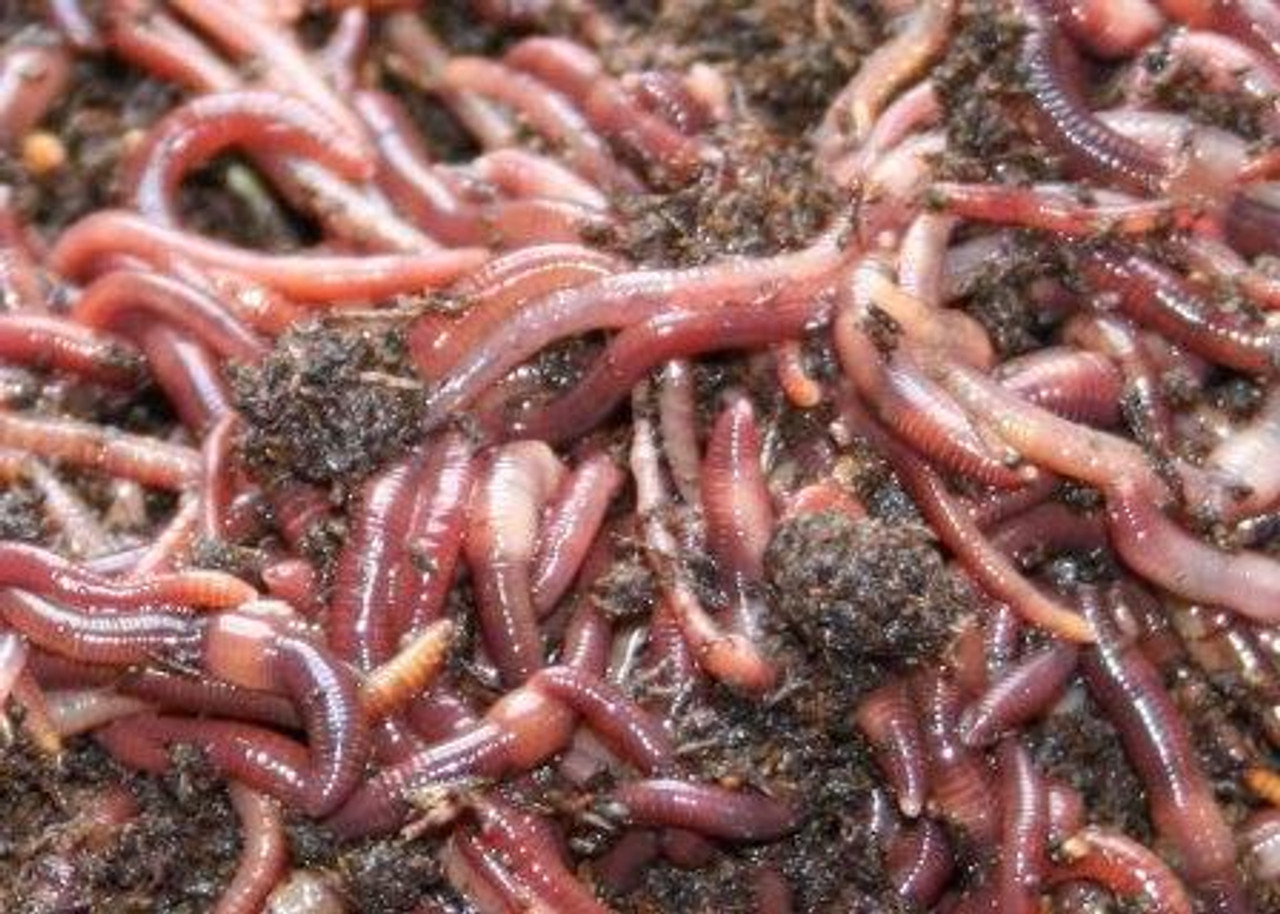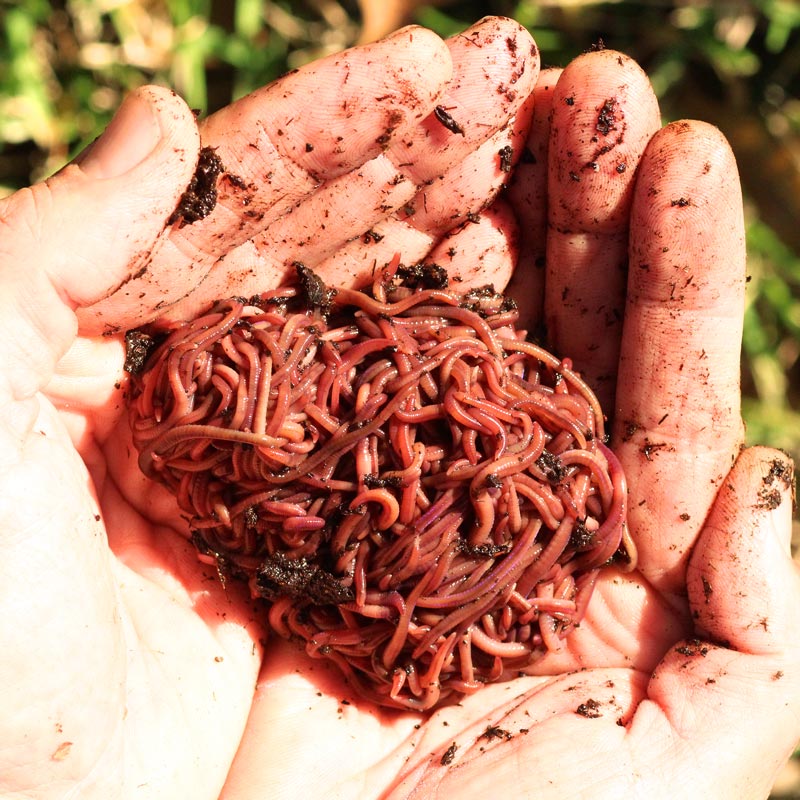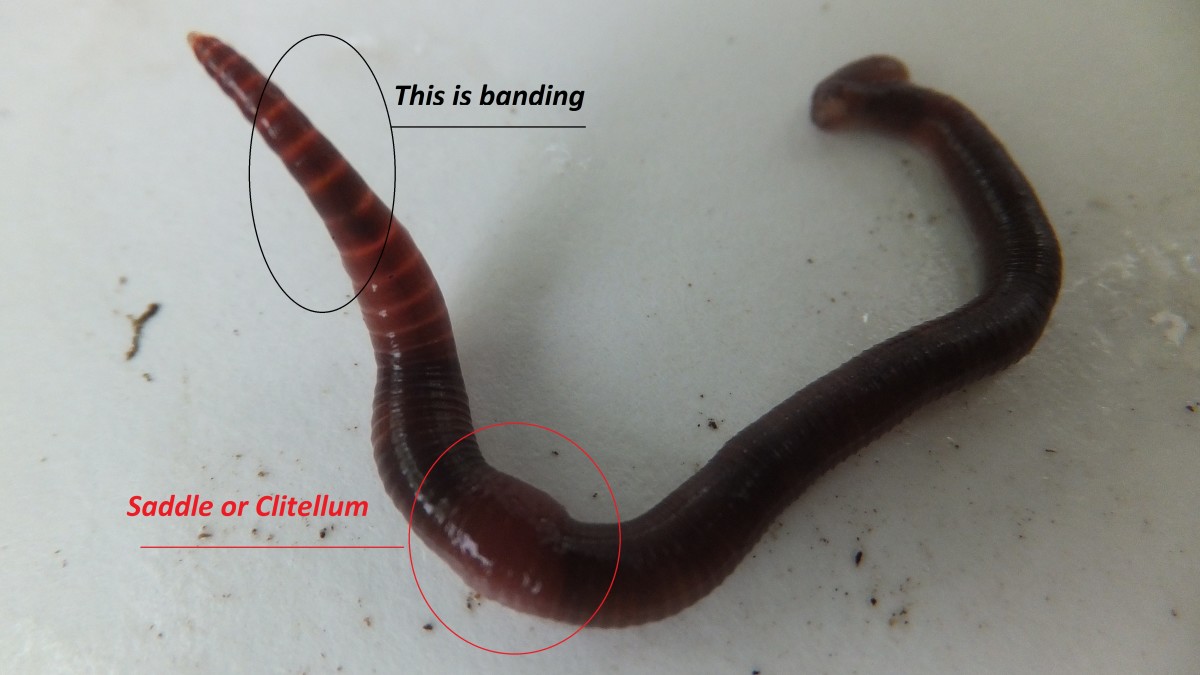Red Wigglers 101: Whatever You Required to Know for Thriving Gardens
Red wigglers, or Eisenia fetida, play a vital role in lasting gardening techniques, acting as reliable decomposers that convert natural waste into useful vermicompost. Recognizing their habitat, dietary choices, and the myriad advantages they offer can change your horticulture approach (Red Wiggler Express). As these worms flourish in specific conditions, their care and administration are necessary for optimizing their payments to soil wellness. The concern continues to be: what actions can you take to harness the full possibility of these impressive organisms in your own garden?
Understanding Red Wigglers

Red wigglers flourish in environments rich in natural product and dampness. Red Wiggler Express. They possess an one-of-a-kind digestive system that enables them to refine food scraps rapidly, excreting castings that are packed with important nutrients such as nitrogen, phosphorus, and potassium. These spreadings enhance dirt framework, boost water retention, and foster advantageous microbial activity, every one of which contribute to robust plant health and wellness
In addition, red wigglers can make it through in varied conditions, making them adaptable to various horticulture techniques, including interior and exterior composting systems. Their capability to eat huge amounts of natural waste day-to-day settings them as useful allies for both home garden enthusiasts and business farmers. By integrating red wigglers right into horticulture initiatives, one can significantly enhance soil fertility and assistance lasting horticulture methods.
Suitable Environment for Red Wigglers
Developing an optimal environment for red wigglers is crucial for optimizing their composting abilities and general health and wellness. Red wigglers prosper in moist, dark, and well-aerated habitats, which closely resemble their natural surroundings in fallen leave litter and rotting raw material. An ideal environment needs to give a temperature level array between 55 ° F and 77 ° F(13 ° C to 25 ° C), as extreme temperature levels can worry or harm the worms.
The bedding product, such as shredded newspaper, cardboard, or coconut coir, ought to be kept wet however not overly wet, as excessive dampness can cause anaerobic conditions damaging to worm health. Furthermore, a pH level in between 6.0 and 7.5 is excellent, ensuring a balanced setting.
Appropriate aeration is similarly vital; it permits oxygen circulation and protects against the accumulation of damaging gases. A container or bin designed for vermicomposting need to have drain holes to eliminate excess moisture and advertise airflow. Normal tracking of these problems is vital for maintaining a growing red wiggler population, inevitably enhancing their performance in breaking down natural waste and enriching yard soil.
Dietary Demands and Preferences

Red wigglers show particular preferences; they are specifically keen on softer, decaying products over harder or more coarse substances. It is important to stay clear of feeding them citrus peels, onion, and garlic in large quantities, as these can be hazardous. Additionally, meat, dairy, and top article oily foods need to be excluded, as they can draw in pests and create unpleasant smells.
(Red Wiggler Express)To keep optimum wellness, a well balanced mix of eco-friendly and brownish materials is recommended. Environment-friendly materials, such as veggie scraps, supply nitrogen, while brown products, like cardboard and dried out leaves, supply carbon. Monitoring the dampness content and making certain a consistent food supply will even more boost their development and composting abilities. By catering to their nutritional needs, garden enthusiasts can foster a prospering populace of red wigglers in their compost systems.
Advantages of Making Use Of Red Wigglers
The exceptional benefits of making use of red wigglers in gardening prolong much past their duty in composting. These functional microorganisms contribute considerably to soil wellness, boosting vitamins and mineral accessibility and promoting microbial activity. By aerating the dirt as they delve, red wigglers improve drain and root infiltration, developing an ideal environment for plant growth.
Additionally, red wigglers are efficient recyclers of natural waste, converting it into nutrient-rich castings that serve as a superb all-natural fertilizer. These spreadings contain advantageous microbes and necessary nutrients, such as nitrogen, phosphorus, and potassium, which are important for plant development. The slow release of nutrients from worm spreadings makes sure a stable supply, minimizing the risk of nutrient leaching and advertising sustainable horticulture methods.
Additionally, the existence of red wigglers can assist suppress soil-borne plant illness. Their gastrointestinal processes generate substances that prevent hazardous virus, therefore boosting plant health. Ultimately, using red wigglers cultivates a more sustainable horticulture method by lowering reliance on chemical plant foods and advertising a closed-loop system, where waste is transformed right into valuable resources. Overall, including red wigglers right into horticulture practices provides a wide range of environmental and farming benefits.
(Red Wiggler Express)
Composting With Red Wigglers

To start an effective vermicomposting system, choose a suitable container with correct air flow and water drainage. The optimal atmosphere for red wigglers consists of a damp, dark setup with temperature levels between 55 ° F and 77 ° F. Begin by layering shredded paper, cardboard, and food scraps, making certain a balanced mix of carbon and nitrogen-rich materials.
Red wigglers thrive on vegetable peels, fruit scraps, coffee premises, and eggshells, while staying clear of meat, dairy products, and oily foods that can bring in pests. Regularly monitor moisture levels; the bedding should be moist however not soggy. Harvest worm castings every couple of months by dividing the worms from the garden compost, which can after that be made use of straight in gardens or kept for later use.
Applying vermicomposting not just reduces garbage dump waste however also enhances garden soil, promoting healthy and balanced plant development and sustainable gardening methods. Welcome this environment-friendly technique to enhance your horticulture endeavors.
Conclusion
In recap, red wigglers are important microorganisms for boosting yard efficiency through efficient composting. Their specific habitat requirements, nutritional preferences, and substantial benefits add to lasting gardening methods. By making use of red wigglers, gardeners can substantially improve soil quality and nutrient availability, cultivating much healthier plant development. Embracing the practice of vermicomposting not only sustains waste reduction but also advertises an eco-friendly equilibrium within yard ecological communities, inevitably bring about thriving and resilient gardens.